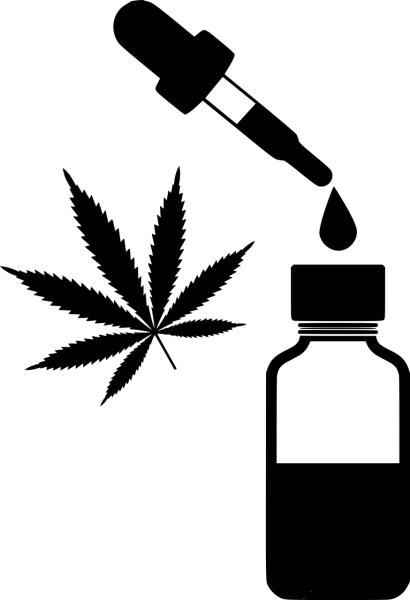There is a green gold rush underway. Not the Green New Deal, but the growth of medicalized, then decriminalized and finally recreational marijuana. Pent-up previously illegal demand has been met with entrepreneurial farming co-opted and overwhelmed by traditional sources of sin, Big Alcohol and Tobacco. And then, of course, there are our politicians, the scent of monies to relatively painlessly increase government coffers at a time when their miscalculations about pensions are beginning to be realized is a Siren’s song.
Because of a self-inflicted ignorance, we know very little about the true positive and negatives of short and long term marijuana use. It is hard to study a drug that remains classified as a Schedule 1 drug – with a high potential for abuse and little safety data or accepted medical indications. It is in the same class as heroin; and is felt to be a more significant threat than say, OxyContin or fentanyl. As a society, we continue to repel in horror at the opioid crisis that has taken or ruined so many lives while at the same time decriminalizing, if not promoting, a drug which our federal government believes has no redeeming value.
We cannot make policy without information. Those are the conditions that promoted Prohibition and the use of thalidomide by pregnant women; some would say they are the conditions that fostered the current opioid crisis. Here is my truth; we do not know. Because marijuana has been a Class I drug, it is challenging to study scientifically; especially when it is provided from one federal source that grows a crop that has been out cultivated and bears less and less similarity to what is now commercially available. It is at the very least a problem of comparing biosimilars.
One of the difficulties, when we do not know, is that opinion and agenda connect the dots as they wish, not as they are. A good example was a report on traffic accidents and fatalities associated with marijuana use. Some studies suggest that motor vehicle accidents have increased in states where recreational marijuana is available. But we have no consistently applied way of determining whether you are under the influence of marijuana, there is no test to link your level of THC, marijuana’s psychoactive component, to your degree of impairment as there is for alcohol or narcotics. Why is it so hard to say, we don’t know.
Another example is the rapid expansion in the sale of CBD, another significant component of marijuana, but usually sourced from its cannabis companion, hemp. It is everywhere and in everything. The New York magazine published an article on the 14 best CBD products. Bon Appetit offers a recipe for a CBD infused mango smoothie. Sheetz, is a family owned chain of convenience store/gas stations, billing itself as “… a mecca for people on the go. If you need to refuel your car or refresh your body, we have what you need to keep you moving on to whatever comes next,” along with advertising the lowest price allowed by law for cigarettes. They are Pennsylvania’s version of a bodega on steroids. They announced this week that they would carry CBD products including, “topical rubs and patches, tinctures, vape pens, oral pouches, capsules and pet products.” Pet products? I am not saying these products are ineffective or risk; I am merely saying we do not know.
Over the next few weeks and months, ACSH is going to take a deeper dive and share with you, what we learn about the science and myths surrounding one of the next big things, the cannabinoids, THC, and CBD.




